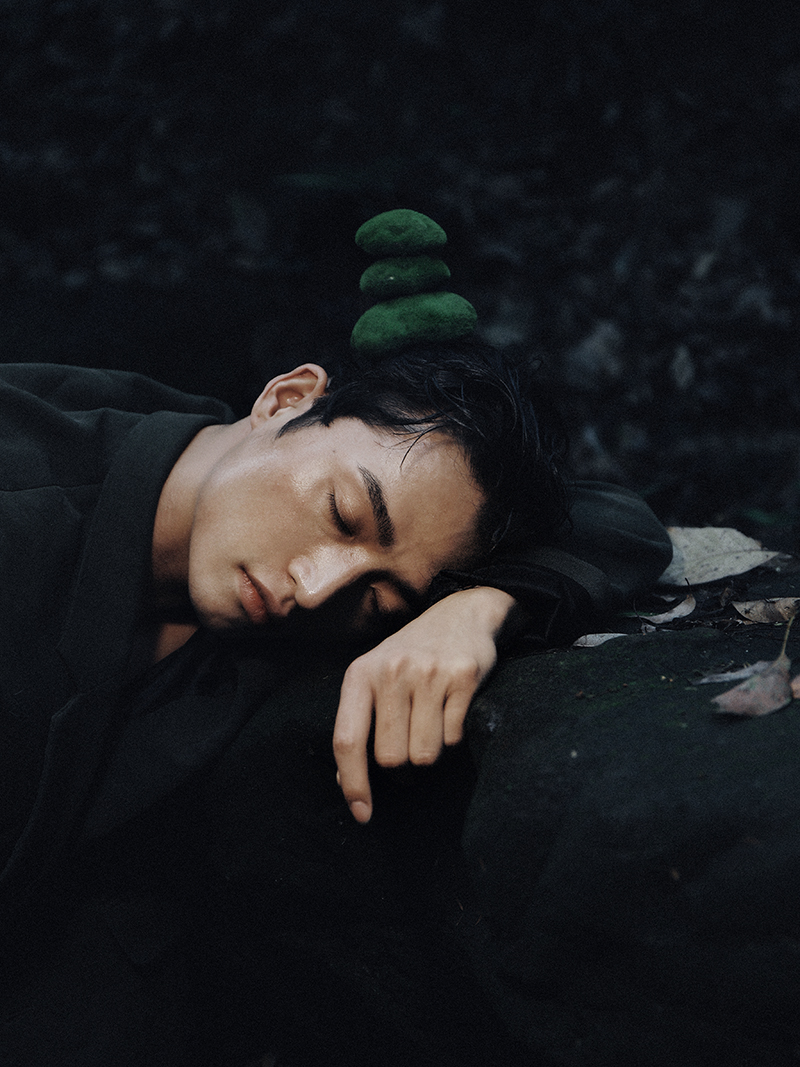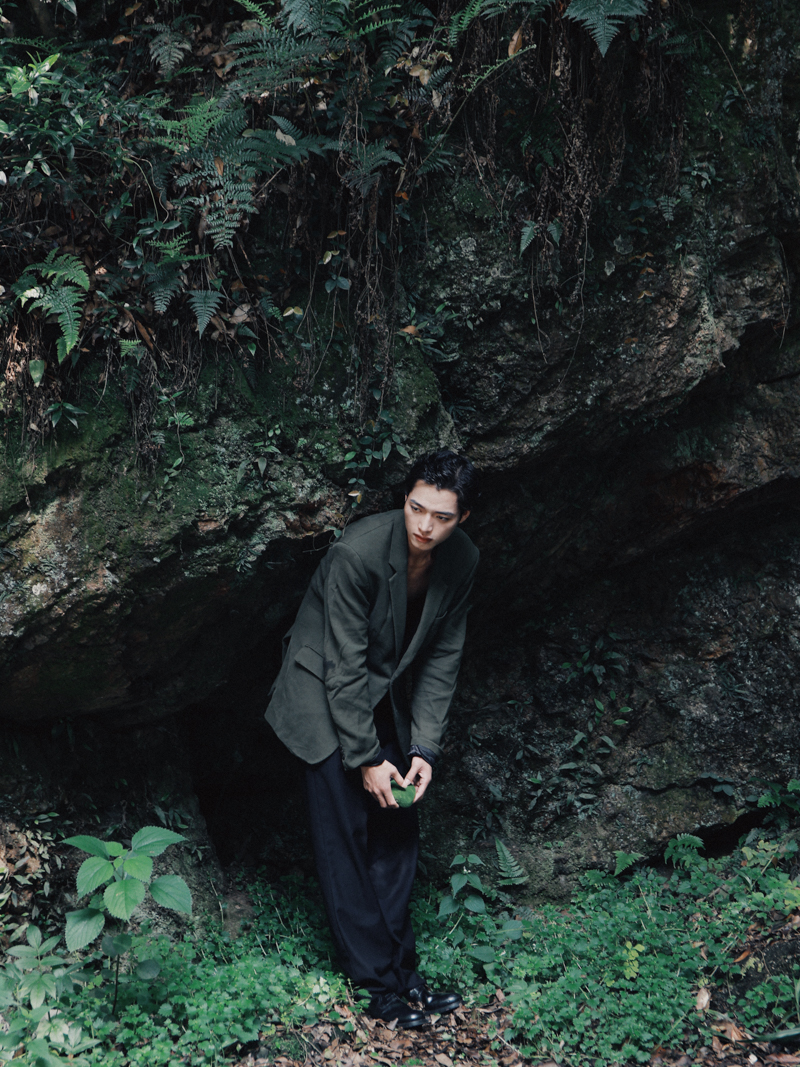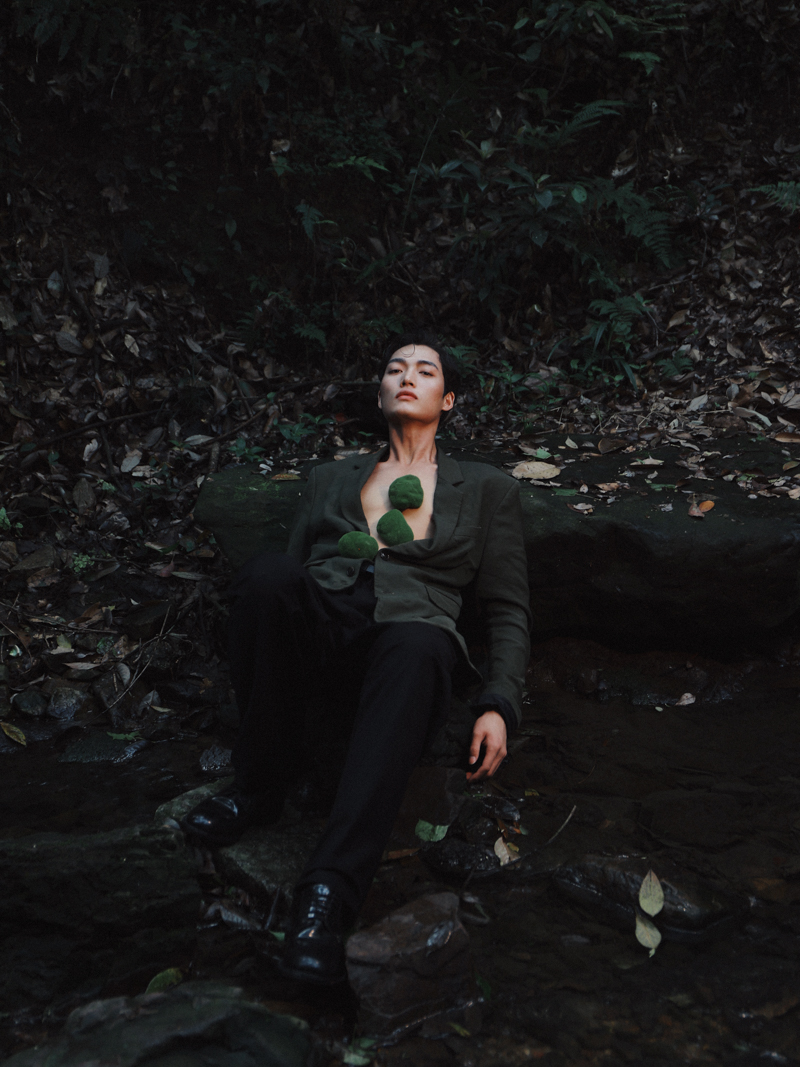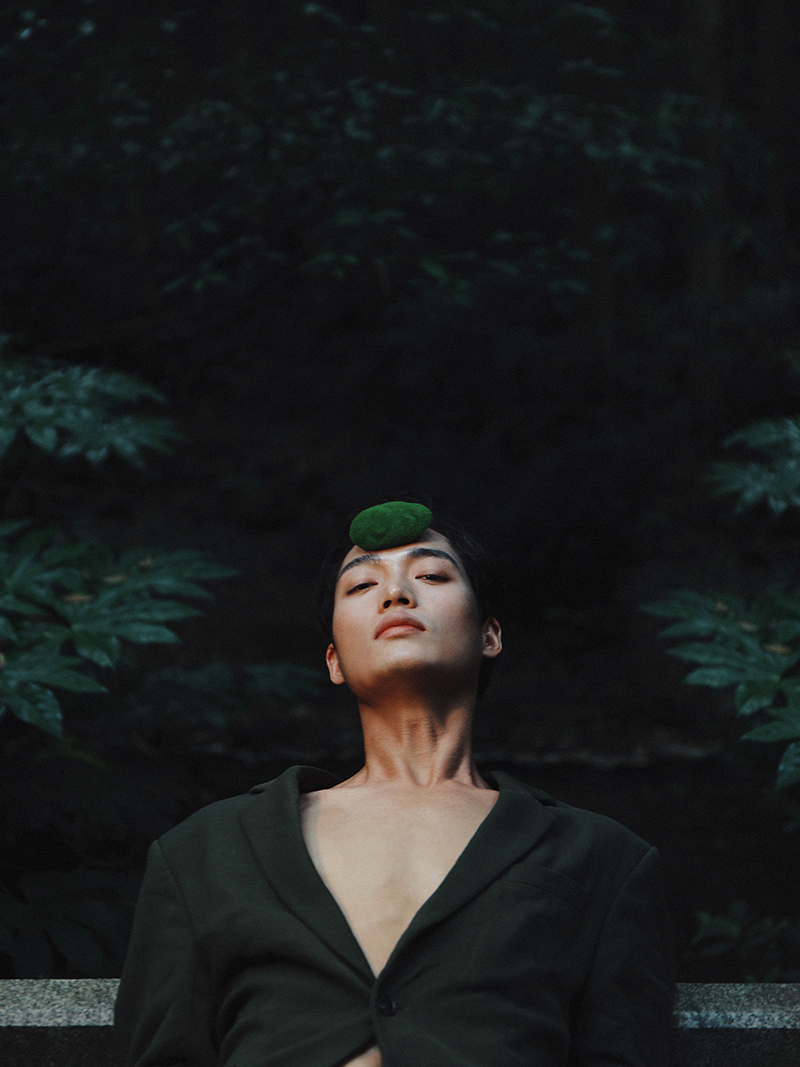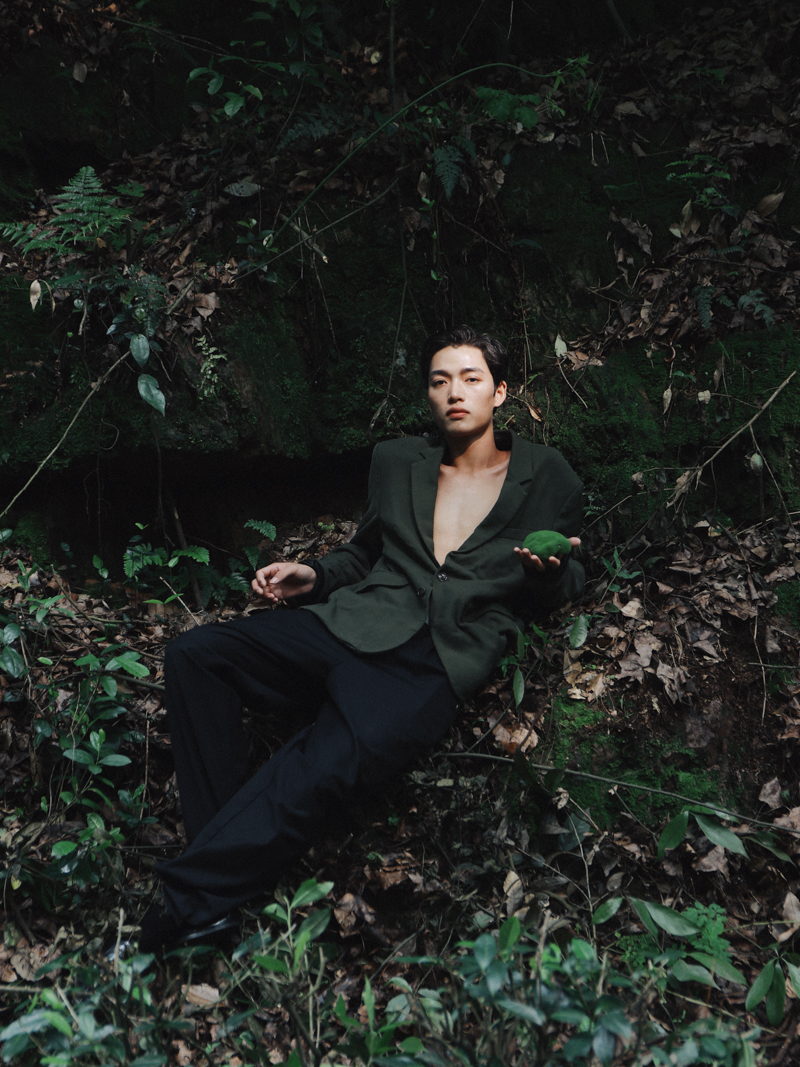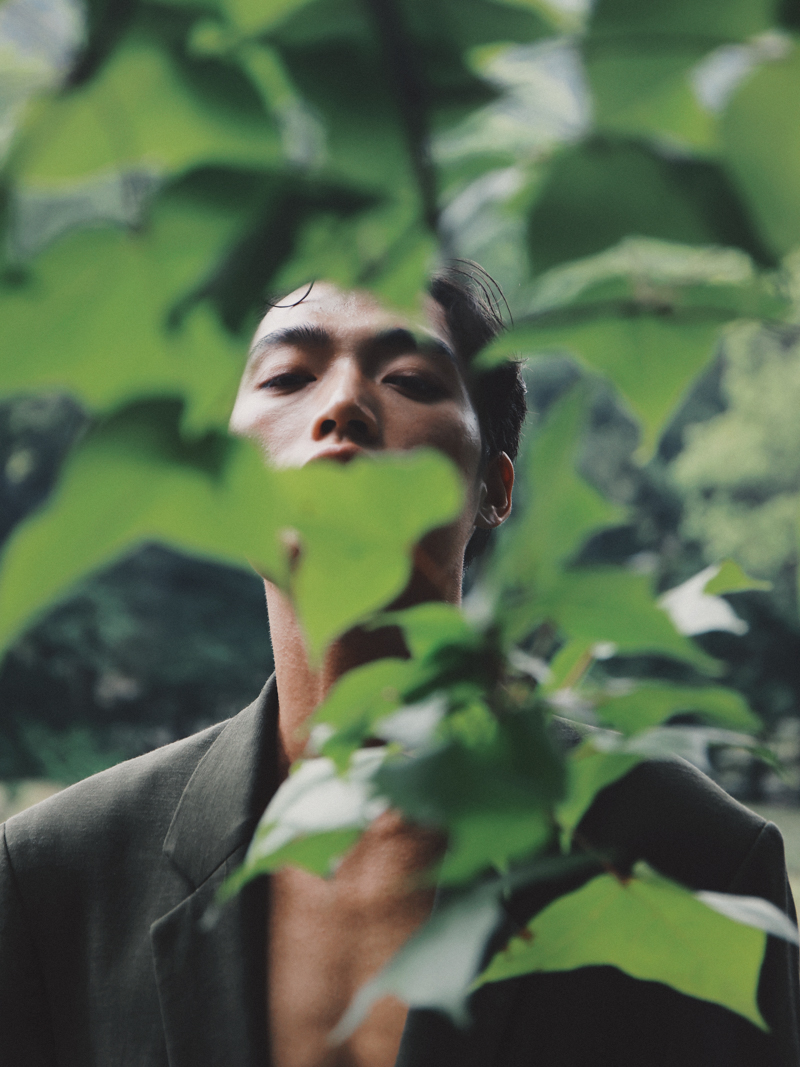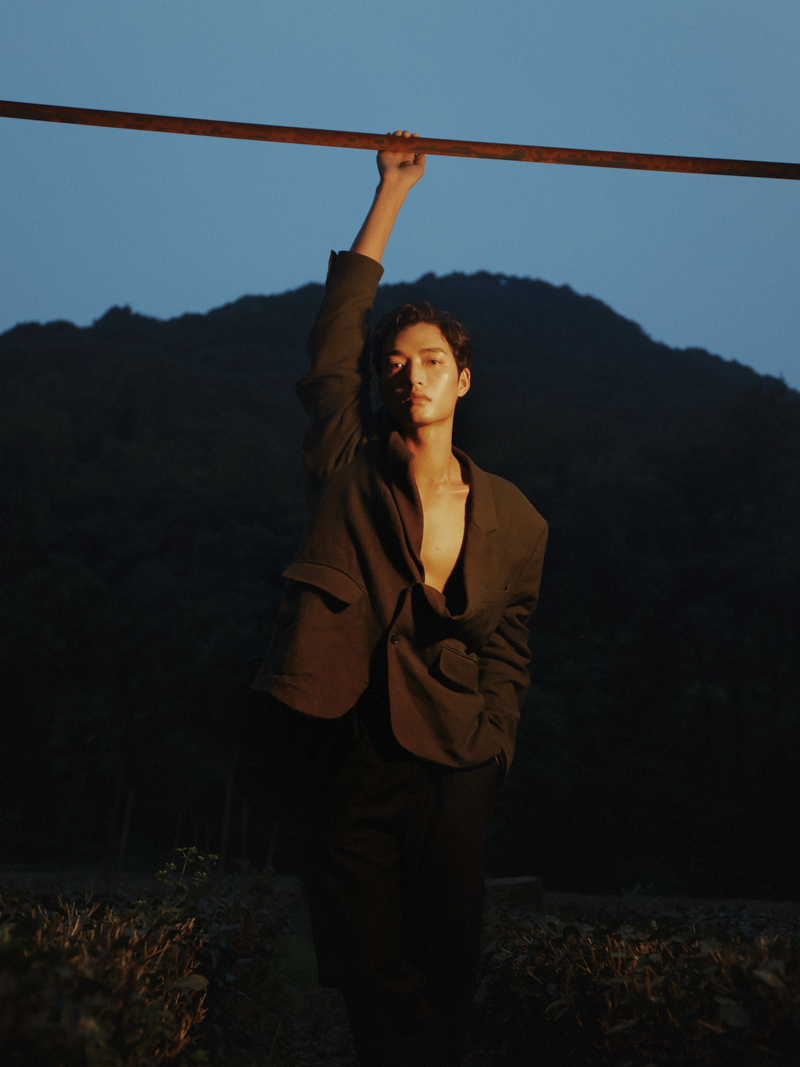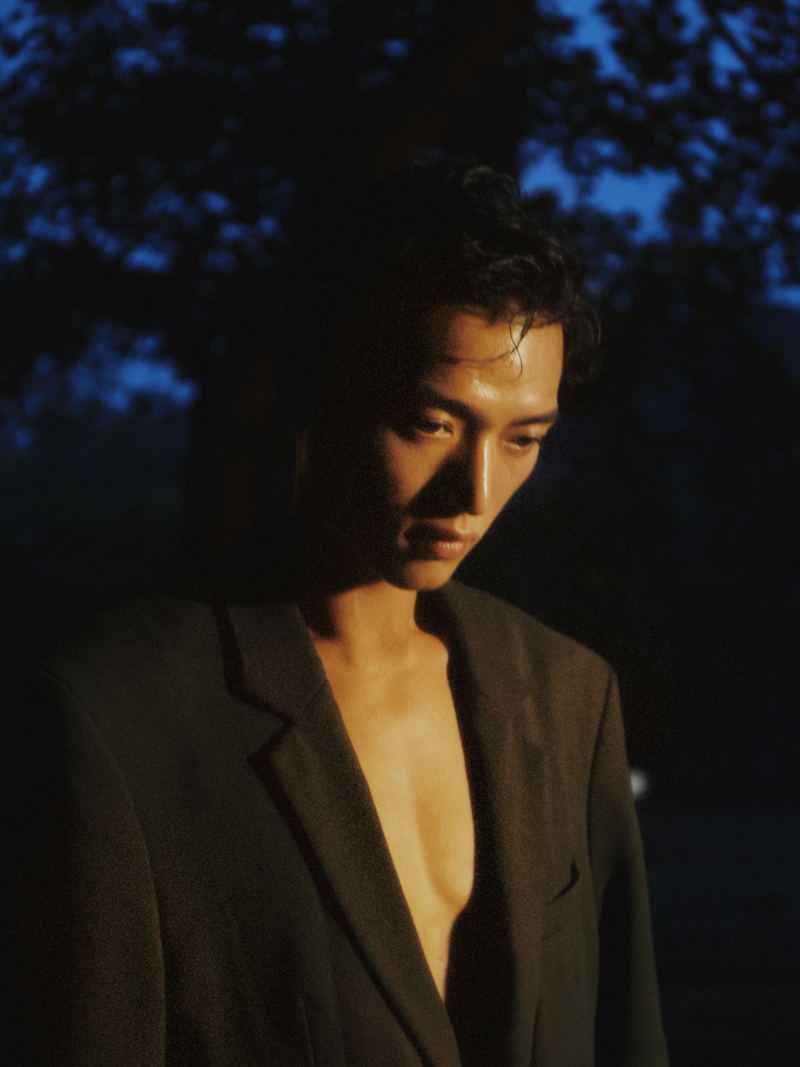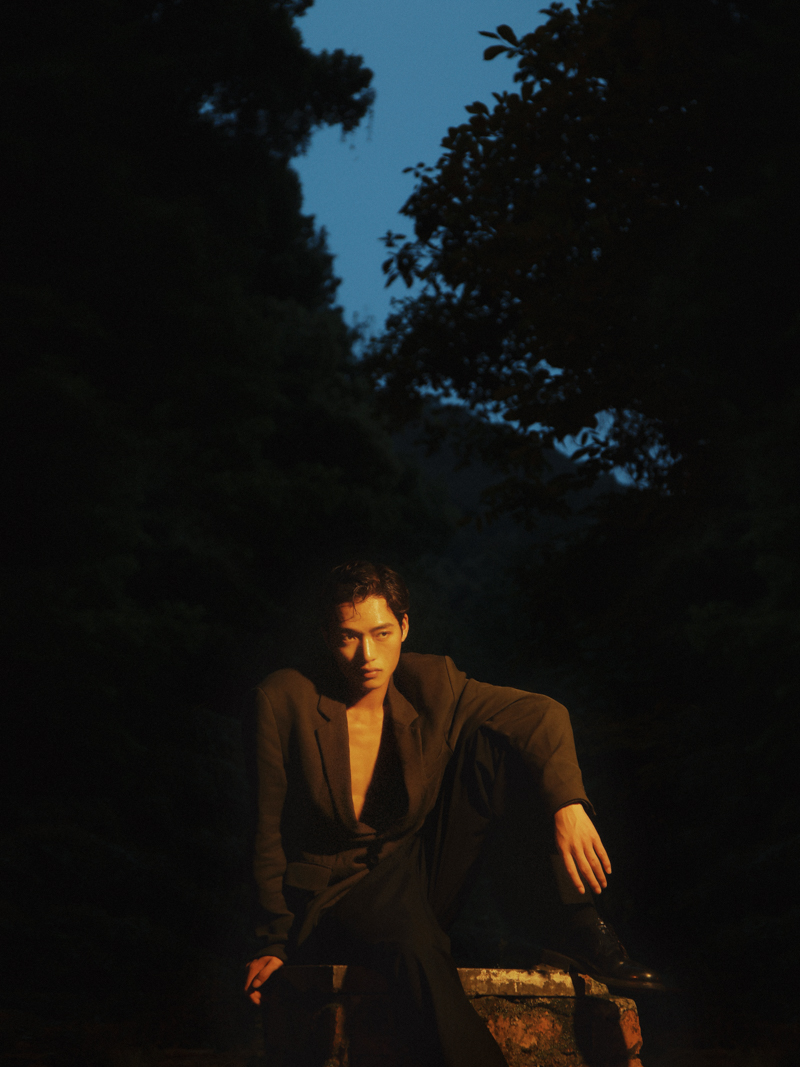Until moss grows
直到长出青苔
@Hangzhou
Cheye
本作品的命名出自和歌总集《万叶集》。
日本艺术家杉本博司著有同名散文集《直到长出青苔》。
那本书并不是一本专门展示和解释作品的书,这是他为实验文艺杂志《和乐》所写的专栏,书中收录了杉本博司自1974年以来所有的代表作品。
而我的这个作品也并非致敬之作,但是借用了这个朴素的名字同样来阐述:“人,生命,时间”三者之间的微妙关系。
这里所指的“生命”是取万物与自然(界)之意,人类文明的进程是一个高傲的,竭力欲将自身从自然剥离的过程,时间在这个过程之中的既是承载者也是劝慰者,既是记录者也是清理者。
而本作品之中,运用符号化的表现手法来展现作为拍摄主体的“人”:沉浸,焦虑,包容,踌躇,迷惘,豁然,克制,省身,自负等与自然交互的中间状态。
而时间所赋予的,既是这些状态的雕塑化,也令其呈现出一种平衡两端摇摆的进行式。
The title of this work comes from 《wanyeji》.
Japanese artist Hiroshi Sugimoto wrote a collection of essays of the same name.
That book is not a book dedicated to the display and interpretation of works. This is a column he wrote for the experimental literature and art magazine 《he le》. The book contains all the representative works of Sugimoto Boshi since 1974.
My work is not a tribute, but it also uses this simple name to explain the subtle relationship between "people, life and time".
The "life" here refers to the meaning of all things and nature (World). The process of human civilization is a proud process of trying to separate itself from nature. In this process, time is both a bearer and a comforter, a recorder and a cleaner.
In this work, the symbolic expression technique is used to show the "people" as the subject of the shooting: immersion, anxiety, tolerance, hesitation, confusion, suddenly, restraint, self-saving, conceit and other intermediate states interacting with nature.
What time gives is not only the sculpture of these States, but also a progressive form of balancing the swing at both ends.
